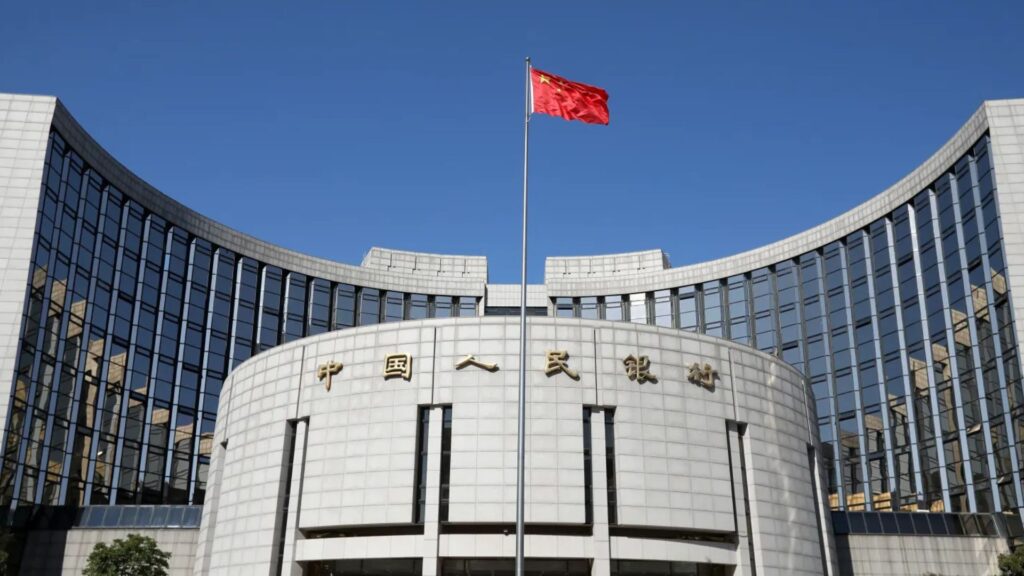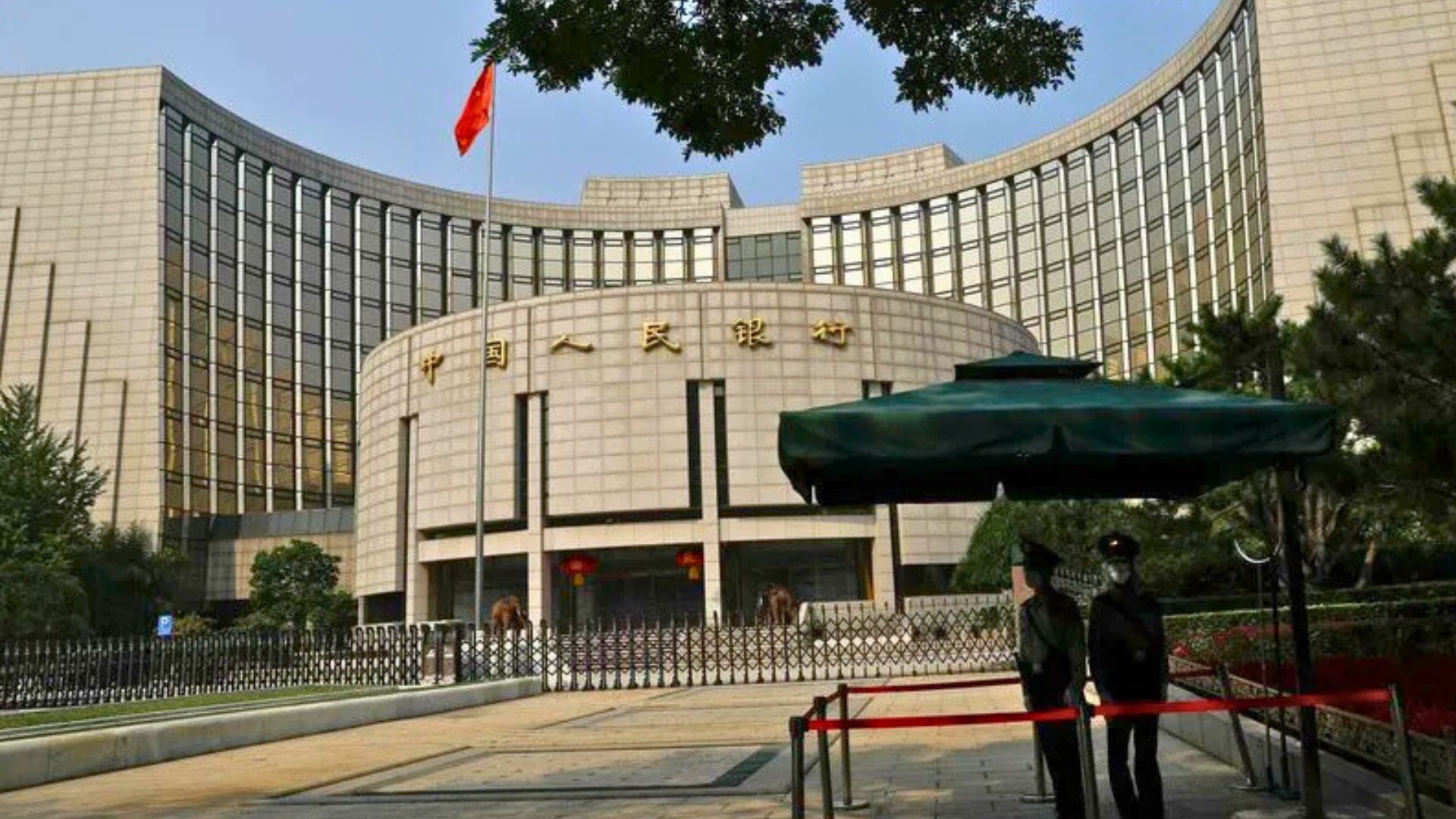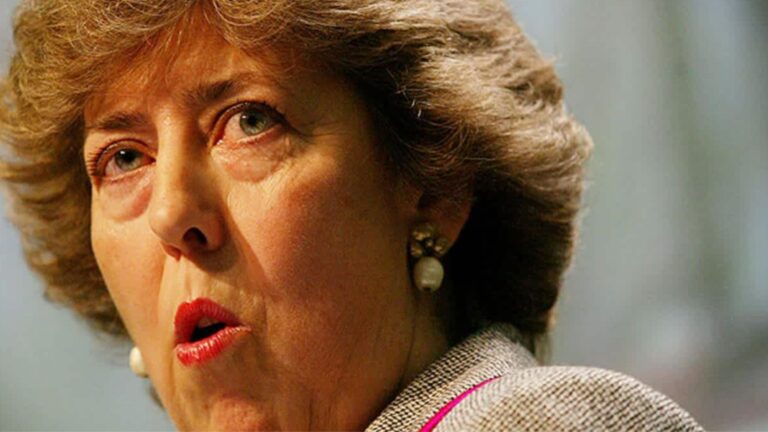
Vcg | Visual China Group | Getty Image
China’s central bank, the People’s Bank of China (PBOC), maintained its benchmark lending rates on September 22, 2025, marking the fourth consecutive month of rate stability amid growing economic headwinds. The one-year loan prime rate remained at 3.00%, and the five-year rate held at 3.50%, in line with unanimous expectations from a Reuters survey of 20 market participants (Reuters).
Economic Indicators Signal Weakness
Despite the PBOC’s cautious stance, recent data point to a deepening slowdown:
- Exports rose a modest 4.4% year-over-year in August, down from 7.2% in July and below the expected 5%, as shipments to the United States plunged 33% amid trade tensions, offset only partially by gains in Southeast Asian markets (Reuters).
- Retail sales grew just 3.4% in August—the weakest pace since November—failing to meet economists’ forecasts of 3.9%.
- Industrial output increased 5.2% year-over-year, down from 5.7% in July and marking the slowest growth since August 2024.
These indicators underscore uneven domestic demand and external headwinds as China strives to meet its “around 5%” growth target for 2025.
Divergence from U.S. Monetary Policy
China’s decision contrasts sharply with the U.S. Federal Reserve, which cut its benchmark rate by 0.25 percentage points to 4.00–4.25% earlier this week—the Fed’s first reduction in 2025. Fed projections suggest further cuts, potentially lowering rates to 3.50–3.75% by year-end as U.S. policymakers shift focus toward labor market support (CNBC).
Policy Context and Outlook
The PBOC last trimmed its loan prime rates by 10 basis points in May to bolster growth. It also left the seven-day reverse repo rate unchanged at 1.40% in mid-September. Loan prime rates, set monthly based on quotes from 18 commercial banks, guide most new and existing lending—especially mortgages tied to the five-year rate.
As Beijing navigates slowing exports, weak consumption, and tepid industrial activity, officials face a delicate balance: deploying additional stimulus without igniting speculative bubbles. The PBOC’s repeated rate holds signal caution against over-stimulus, even as economic pressures mount.











